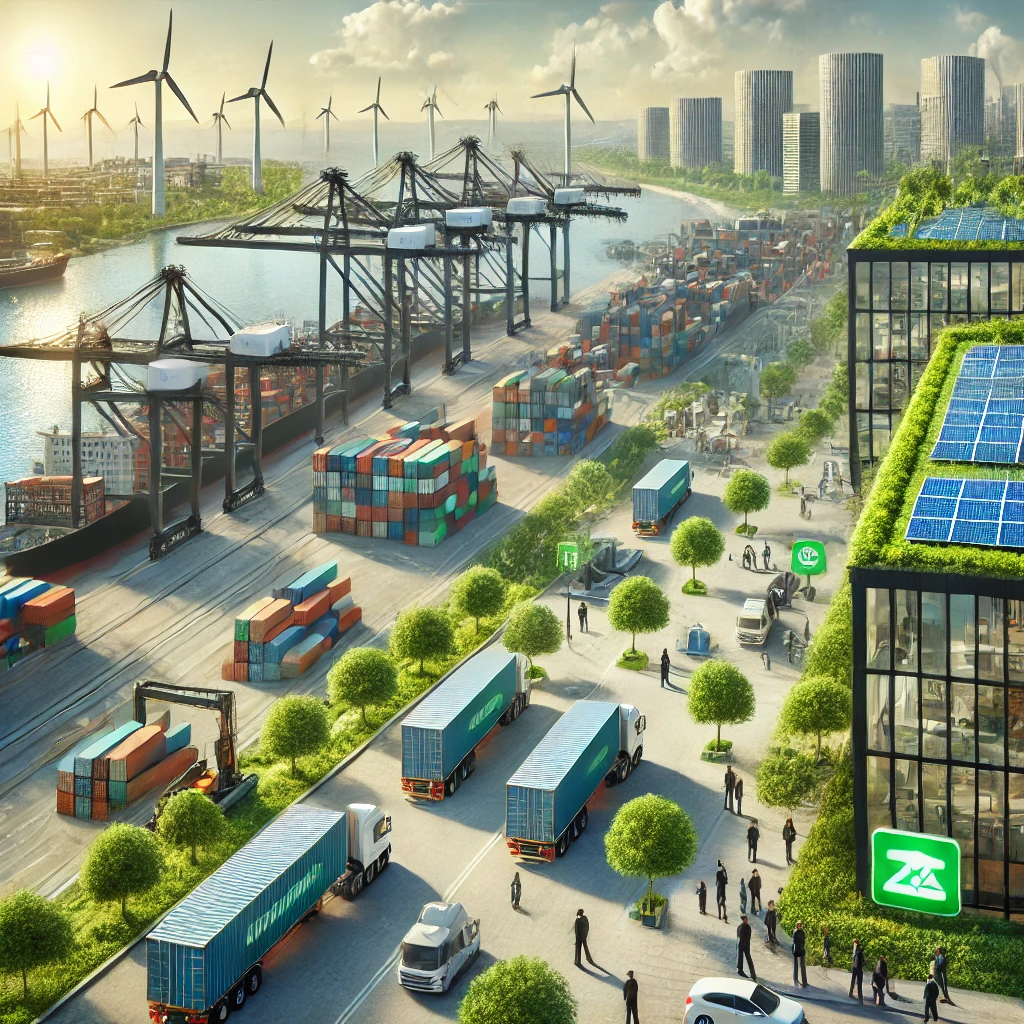Trade openness and IT adoption reduce carbon footprint in emerging economies
Contrary to traditional concerns about the "pollution haven" effect, the study finds that trade globalisation has a negative correlation with CO2 emissions in BRICS economies. The global trade index used incorporates both factual trade flows and regulatory dimensions. The researchers report that a 1% increase in trade openness is associated with a 0.024% decline in CO2 emissions.

Higher adoption of information technology (IT) and trade globalisation significantly reduce carbon emissions in BRICS economies, offering vital guidance for sustainable development, according to a new empirical study published in Economies. The research, titled "Assessing the Impact of IT, Trade Globalisation, and Economic Complexity on Carbon Emissions in BRICS Economies", explores how economic complexity, digital adoption, and trade interdependence influence carbon emissions across Brazil, Russia, India, China, and South Africa from 1996 to 2018.
The findings indicate a clear pathway toward climate-compatible growth in these rapidly developing nations. By applying advanced econometric techniques, including CUP-FM and Dumitrescu-Hurlin causality testing, the researchers identify IT as a transformative force for emissions reduction. In contrast, energy consumption remains the strongest contributor to increased emissions, while the role of economic complexity reveals a U-shaped relationship.
What role does information technology play in reducing emissions?
The study concludes that IT exerts a statistically significant negative effect on carbon emissions in BRICS nations. Between 1996 and 2018, the rise in mobile subscriptions, internet penetration, and digital infrastructure contributed to lower emissions. This reduction is achieved through multiple channels: replacing high-carbon activities like travel and paper communication with digital alternatives; improving operational efficiency in transport and logistics; and fostering innovation in service delivery.
The analysis shows that a 1% increase in IT penetration correlates with a 0.036% to 0.055% decrease in CO2 emissions. These results support the Environmental Efficiency Hypothesis, which posits that technological advancement drives cleaner production. IT-enabled virtual banking, e-commerce, and remote work replace physical activities and contribute to dematerialization and reduced energy usage.
Crucially, IT also amplifies trade openness by easing information exchange and market connectivity, which further facilitates the adoption of green technologies. The study highlights that IT does not merely offset emissions in isolation, it acts as a moderator that transforms the emissions profile of complex economies. However, the benefits depend on how digital systems are powered and managed, reinforcing the need for clean energy sources.
How does trade globalisation influence environmental performance?
Contrary to traditional concerns about the "pollution haven" effect, the study finds that trade globalisation has a negative correlation with CO2 emissions in BRICS economies. The global trade index used incorporates both factual trade flows and regulatory dimensions. The researchers report that a 1% increase in trade openness is associated with a 0.024% decline in CO2 emissions.
The emission-reducing impact is attributed to the diffusion of advanced technologies, improvements in production efficiency, and structural shifts toward less-polluting sectors. Trade encourages competition and innovation, prompting firms to adopt cleaner practices and meet international environmental standards. Moreover, increased market access supports the scale-up of clean energy technologies, enhancing the sustainability of industrial growth.
This outcome suggests that liberal trade policies, when coupled with strong regulatory frameworks, can become effective tools for climate mitigation. The study reinforces the idea that integration into the global economy allows BRICS nations to leapfrog over polluting technologies and transition toward greener alternatives. The evidence challenges assumptions that trade always exacerbates emissions and points to context-specific outcomes.
What is the connection between economic complexity and emissions?
Unlike the linear trends seen in IT and trade, economic complexity exhibits a U-shaped relationship with carbon emissions. Initially, as economies diversify and become more complex, emissions increase due to industrialization and higher energy use. But beyond a certain threshold, increased complexity supports cleaner production and innovation, reversing the emissions trajectory.
In BRICS nations, this suggests that emissions rise during early stages of diversification but decline once economies integrate high-value, low-carbon technologies. The data indicates that countries must first pass a development inflection point before the environmental benefits of complexity are realized. A premature push for complexity without clean energy infrastructure may worsen environmental outcomes.
Energy consumption remains a strong positive contributor to emissions, confirming that fossil fuel reliance continues to be a major challenge. The study finds no evidence of reverse causality from emissions to IT, trade, or economic complexity, meaning that emissions do not significantly influence these variables. This directional relationship confirms that emissions are more of an output than a determinant of these macroeconomic factors.
- READ MORE ON:
- BRICS carbon emissions
- digital technology and CO2 reduction
- trade globalisation and climate impact
- IT adoption and environmental performance
- sustainable development in BRICS
- how IT infrastructure reduces carbon emissions in BRICS countries
- role of trade globalisation in reducing CO2 emissions
- digital solutions for carbon reduction in emerging economies
- green policy strategies for Brazil
- Russia
- India
- China
- South Africa
- FIRST PUBLISHED IN:
- Devdiscourse










